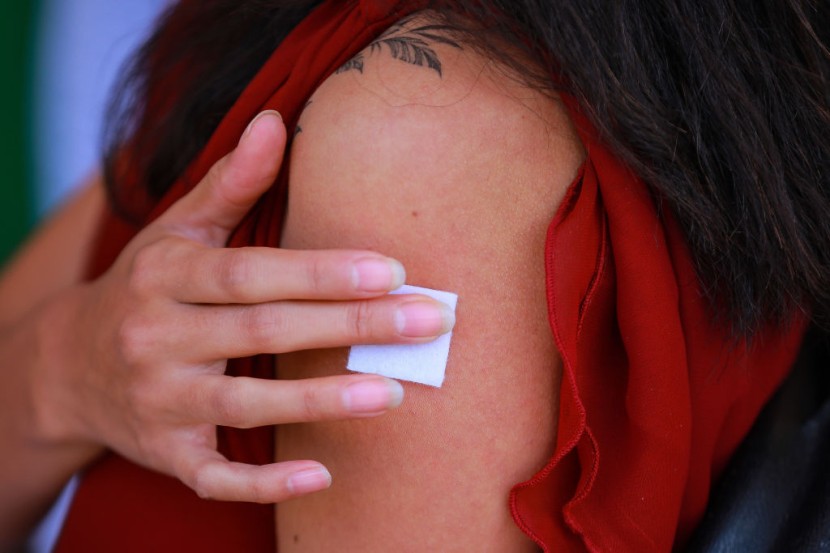
Researchers have developed a new delivery system for therapies, a tiny vaccine patch that improves immune responses instead of injections with needles. One reason for not getting a shot is a fear of needles. This new technology will avoid that.
Development of this technology uses microneedles on a patch that delivers medications as if it was not there. So, no more fainting or freaking out in the doctor's office or hospitals.
Patches like these make it easier for doctors and people to self-immunize without a health professional doing all the steps with a needle.
Microneedle patch as a new delivery system for drugs and therapies
Surprisingly, the microneedle patch is not something new at all but in development for some time, but hard to mass manufacture. One more factor is to design a patch for multiple vaccines, too, reported Sciencealert.
A solution to solve the problems with the patch is using an advanced 3D printing technique called continuous liquid interface production or CLIP. Shaping the CLIP based on customized size, shape, and needle distance depend on the overall number used on the patch with ultraviolet light and a special resin.
Microbiologist Shaomin Tian of the University of North Carolina at Chapel Hill explained that the process makes it easy to 3-D print it. That allows flexibility and cost-effectiveness for the making of the system.
She added the patch could be used for more medical purposes and be made faster, also distributed where it can be used, said the study authors. Such a tiny microneedle patch that improves immune responses is a promising way to deliver vaccines.
Read Also: Another COVID-19-Like Pandemic May Happen in 60 Years? Researchers Anticipates the Probability
Needles make it harder to dispense and use extra materials to manufacture, but these high-tech patches can be used with better ease. There is no need to give vaccines using a needle anymore. Just stick it to the skin, and voila, it is done! There is no need to also spend on a doctor or nurse.
Transdermal vaccines instead of needles
Its shallow needles only need to pierce the skin's top layer to deliver the contents to the patient's system (transdermal), not like traditional vaccines that have to go past skin deep. Its delivery system will inject the medicine to where skin immunity cells are to absorb and propagate. More advances in technology will allow a lower dosage.
Recent lab tests on mice done by researchers increased the T-Cell, and antigen-antibody which is 50 times more than vaccines injected with a needle.
The study published by PNAS mentions it had parts like model vaccine components, like the 3-D technology with microneedles which allows the skin to hold the vaccine then activate the immune cells. It allowed a more potent humoral and improved cell immune reaction than old-style needles.
The study's authors stress that the design is very versatile and adapted to use vaccines for flu, measles, hepatitis, and SARS-C0V-2. One of the problems with some vaccines is that they need special handling or chilled to be used or spoiled.
This is one use of the patch system to spread out COVID-19 vaccines in more significant numbers. Add options of combo-drug patches makes it ultra-efficient.
Scientists did not test it on humans yet, but it might have the same benefit for lab mice, a good chance this system will be deployed faster for quicker action to future epidemics. This tiny vaccine patch that improves immune responses might eventually be used for current COVID-19 vaccines.
Related Articles: Is it Possible for a Mutant COVID-19 Strain To Evade Vaccine Antibodies Through Evolutionary Changes?









